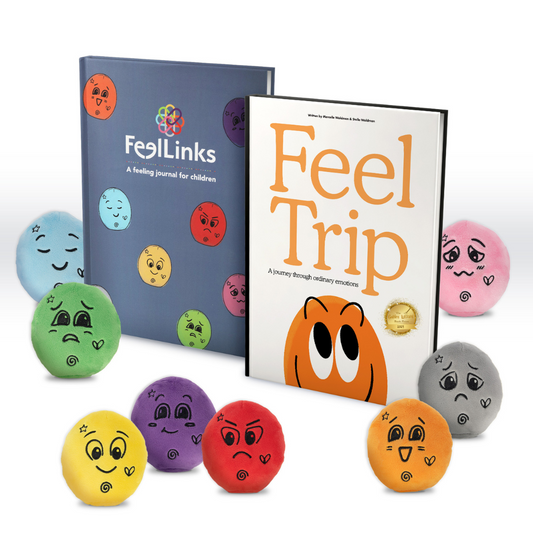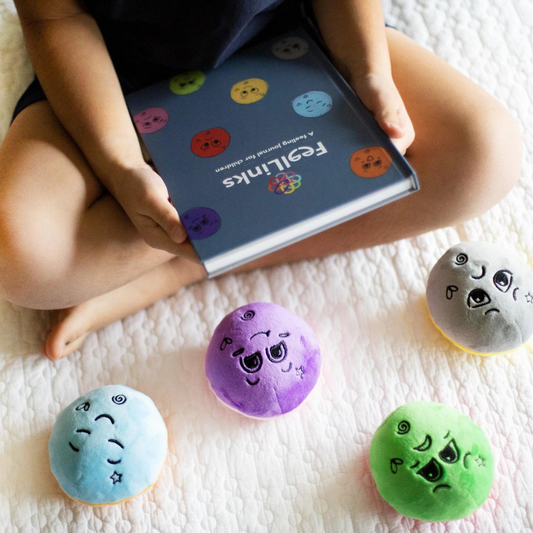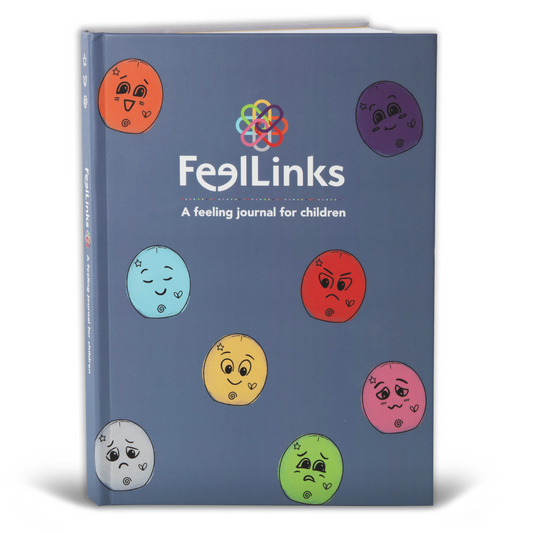Teaching Emotional Intelligence to Young Children: Building Foundations for Life
Share

Emotional intelligence is an essential skill that helps children navigate their emotions, build strong relationships, and handle life’s challenges. Teaching emotional intelligence skills to young children not only fosters self-awareness and empathy, but also lays the groundwork for future success in both personal and professional areas.
Why Start Early?
Young children are naturally curious and impressionable, taking in everything "like sponges", making the early years the perfect time to introduce new skills; emotional intelligence included! During this stage, children are forming their identity, learning about social interactions, and observing how the adults around them manage emotions. By teaching emotional intelligence skills early, parents and educators equip children with tools to understand their feelings, regulate emotional responses, and develop empathy for others.
Key Skills to Teach
Identifying Emotions: Children should first learn to identify and label their emotions. A simple way to introduce this is through books, games, emotion dolls or facial expressions. For example, using an “emotion wheel” or FeelLinks Dolls can help children associate words like “happy,” “sad,” or “frustrated” with what they are feeling.
Expressing Emotions Appropriately: Once children recognize their emotions, they need to learn how to express them in healthy ways. Role-playing, such as how to handle frustration without hitting or yelling, can reinforce positive behaviors. This brings me to one of my most favorite quotes from Lyman Abbott: "Do not teach your children never to be angry; teach them how to be angry."
Empathy: Teaching empathy involves helping children understand how others feel. Encouraging them to consider others’ perspectives—like asking, “How do you think your friend felt when that happened?”—promoting compassion and social understanding.
Problem-Solving: Emotionally intelligent children can navigate conflicts more effectively. Teaching problem solving, calming strategies such as taking deep breaths, discussing problems, and finding solutions, helps children manage their emotions when they face challenges.
Practical Tips for Adults
• Model Healthy Emotional Behavior: Children learn by watching adults, and we know they always have eyes and ears on us. When adults demonstrate calm, respectful ways of handling frustration or conflict, children imitate these behaviors. We are their most important models!
• Create a Safe Space for Expression: Allow children to feel safe sharing their emotions without judgment. Validate their feelings, even when they’re upset. You can say things such as, “It’s okay to feel sad, we all feel sad sometimes." which helps them feel understood and normalizes their emotions.
• Broaden Emotional Vocabulary: Regularly introduce and use new emotional vocabulary in everyday conversations. This builds a rich emotional vocabulary, enabling children to better articulate their feelings. The greater their understanding of emotions and ability to use broad emotional vocabulary, the better we are able to understand them and support them.
Teaching emotional intelligence to young children is an investment in their future well-being. Guiding them in recognizing, understanding, expressing, and managing their emotions, we not only foster healthy relationships but also prepare them to thrive in an ever-changing world - building self-confidence, empathy, positive relationships - finding greater success in school, work and life.





